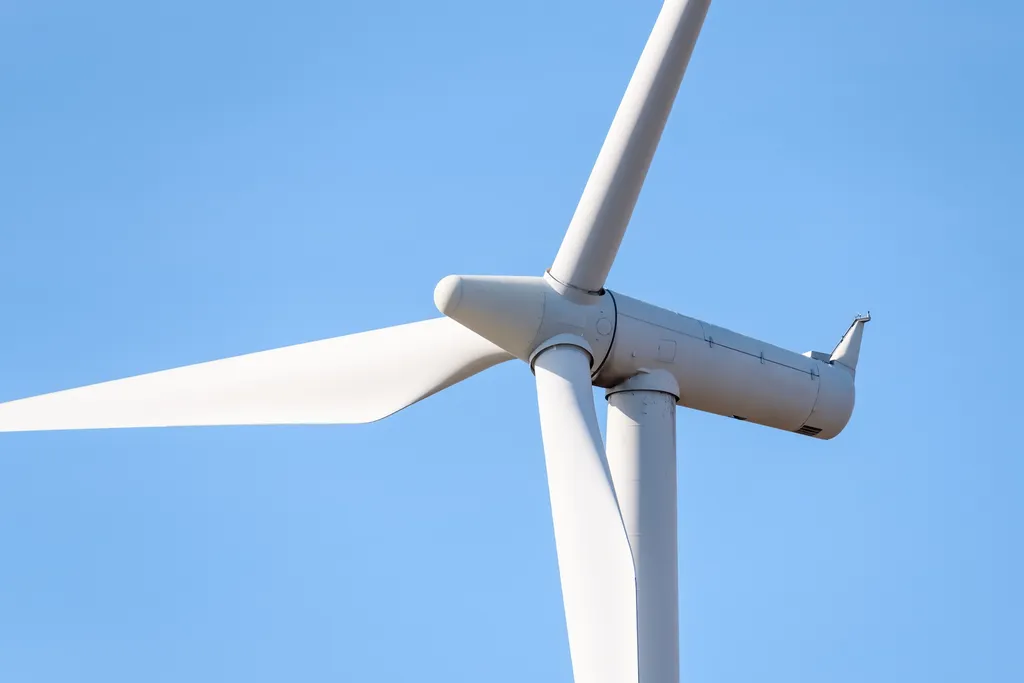In the pursuit of more efficient wind energy technology, researchers have turned their attention to the often-overlooked details of wind turbine blade design. A recent study published in the *Proceedings of the International Conference on Materials and Engineering* (MATEC Web of Conferences) has shed light on how subtle changes in blade shape and the addition of winglets—small, wing-like extensions at the blade tips—can significantly enhance aerodynamic performance. The research, led by Qiao Zhongyuan of Brunel University London’s Mechanical and Aerospace Engineering Department, offers promising insights for the wind energy sector, where even marginal improvements in efficiency can translate to substantial commercial gains.
Wind turbines are a cornerstone of the renewable energy landscape, but their efficiency is heavily dependent on the design of their blades. Zhongyuan and his team compared three different blade designs: standard blades, tapered swept-back blades, and elliptical blades, with a particular focus on the role of winglets. Their findings reveal that both tapered swept-back and elliptical blades can improve the lift-to-drag ratio—a critical measure of aerodynamic efficiency. Additionally, the addition of winglets at the blade tips helps reduce wingtip vortices, which are swirling air currents that create drag and diminish performance.
“Wingtip vortices are a well-known challenge in aerodynamics, and addressing them can lead to significant improvements in turbine efficiency,” Zhongyuan explained. “Our research shows that winglets effectively mitigate these vortices, reducing induced drag and enhancing overall performance.”
While elliptical blades performed well in the study, Zhongyuan noted that tapered swept-back blades offer a more practical solution for commercial applications. “Elliptical blades are highly efficient, but they are more complex and costly to manufacture,” he said. “Tapered swept-back blades provide comparable aerodynamic benefits with a simpler design, making them a more viable option for widespread adoption.”
The implications of this research extend beyond theoretical improvements. As the wind energy sector continues to grow, the demand for more efficient and cost-effective turbine designs will only intensify. Zhongyuan’s findings suggest that by refining blade design and incorporating winglets, developers can achieve better performance without necessarily increasing costs. This could lead to more competitive wind energy projects, particularly in regions where wind conditions are less than ideal.
The study also highlights the importance of continued research in wind turbine aerodynamics. As Zhongyuan and his colleagues have demonstrated, even small adjustments in design can yield meaningful results. For the energy sector, this means that innovation in blade technology could play a pivotal role in meeting global renewable energy targets.
As the world moves toward a greener future, the lessons from this research could help shape the next generation of wind turbines, making them more efficient, cost-effective, and environmentally sustainable. With further advancements, the wind energy sector may soon harness the full potential of aerodynamic innovation, driving progress in the fight against climate change.

